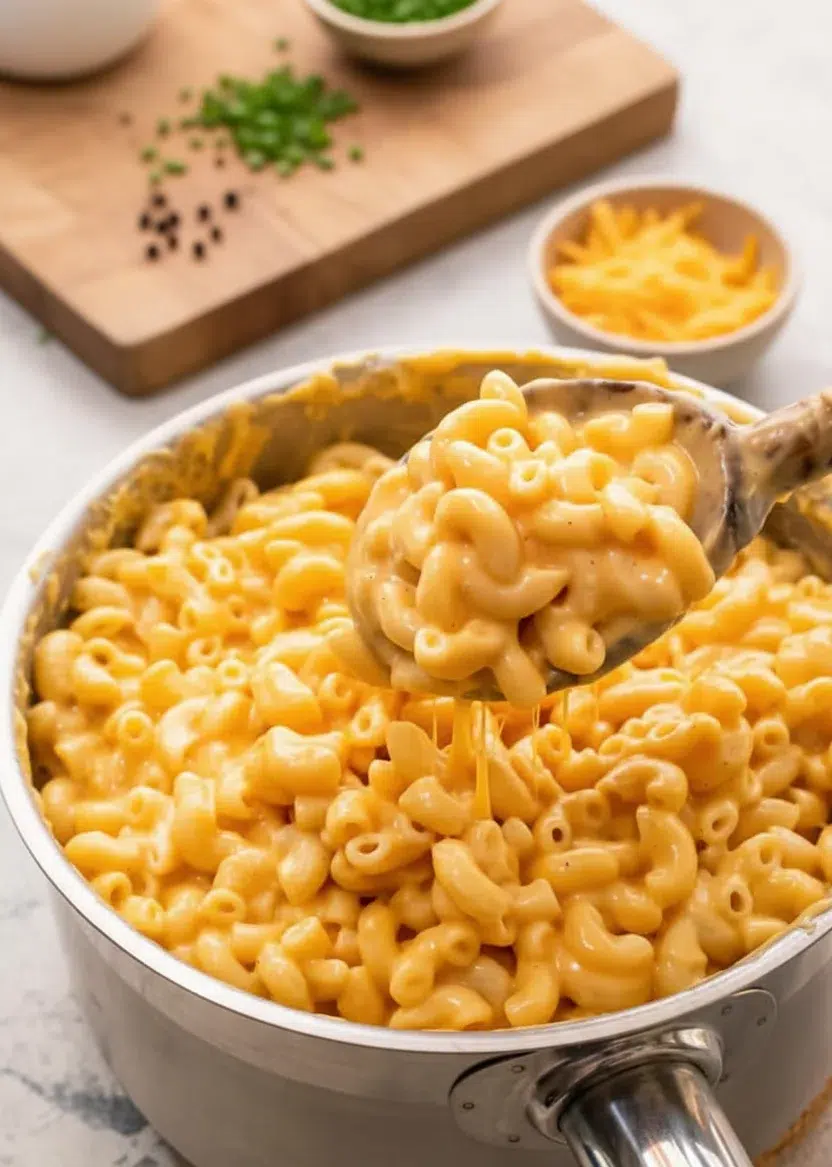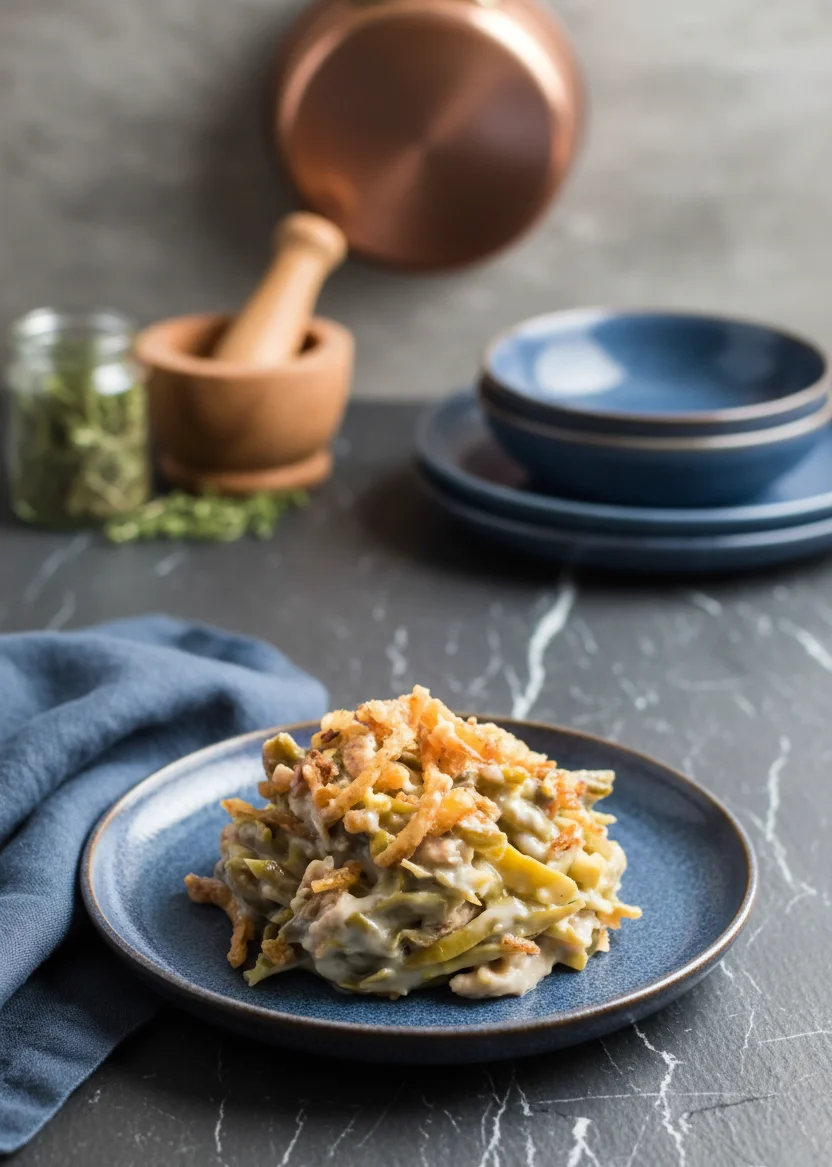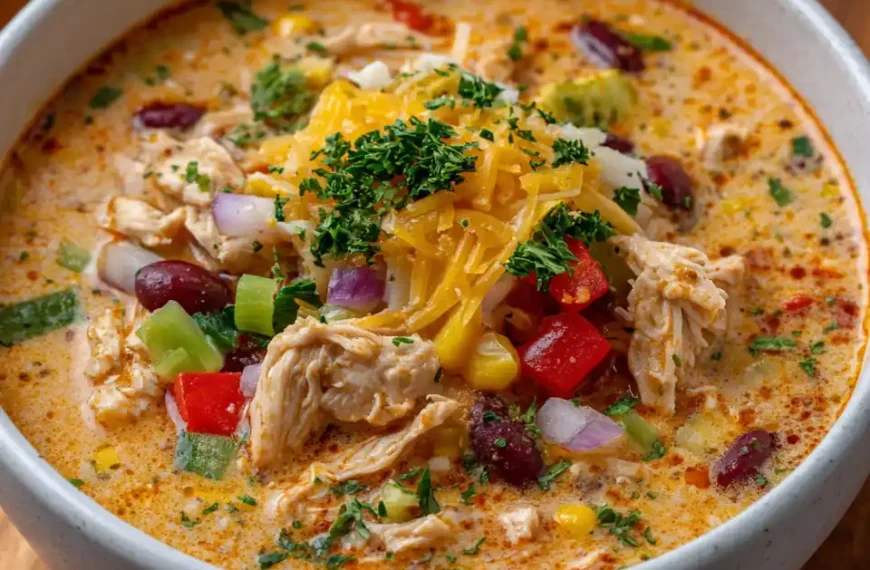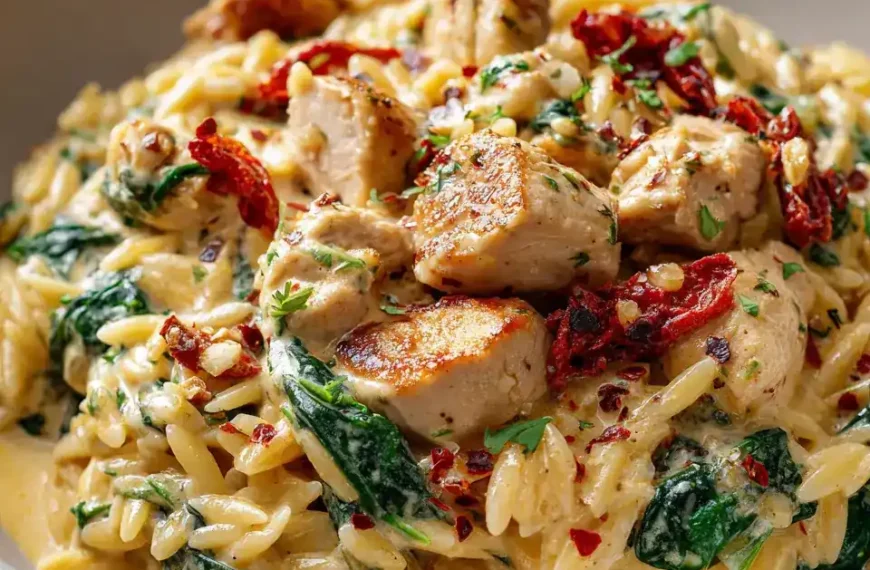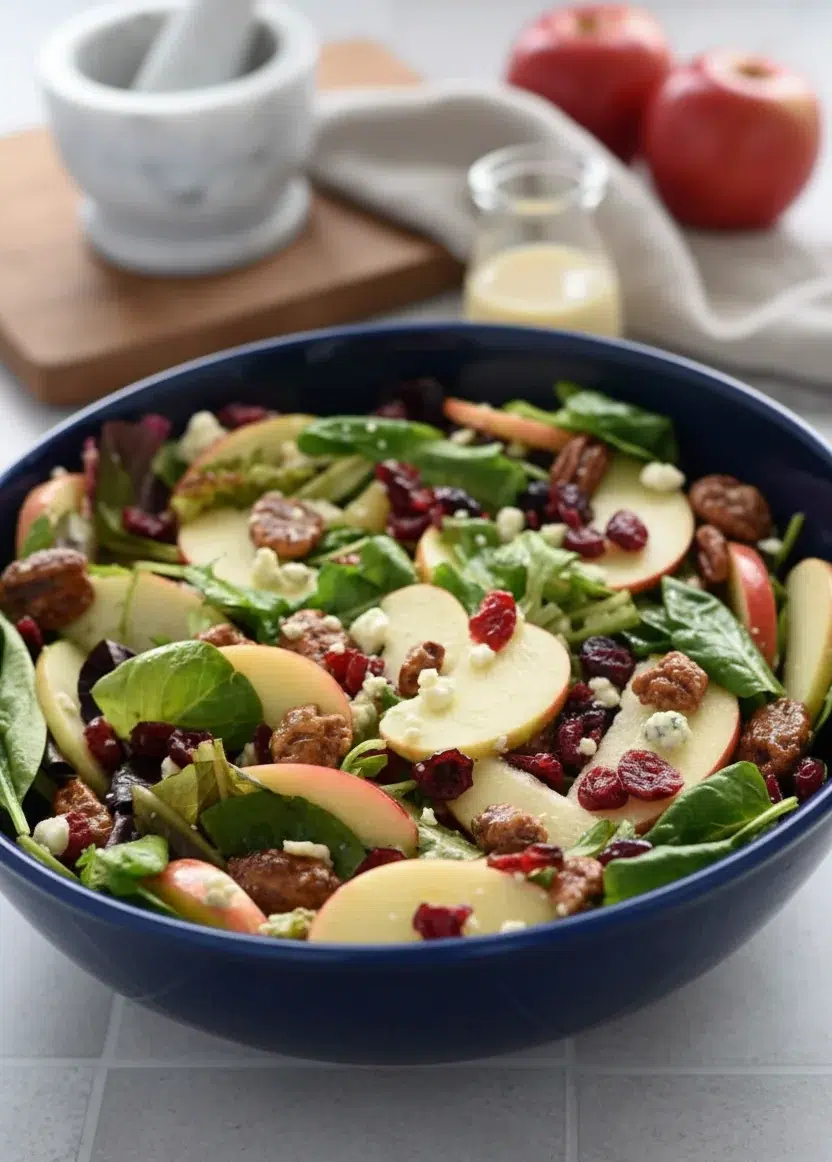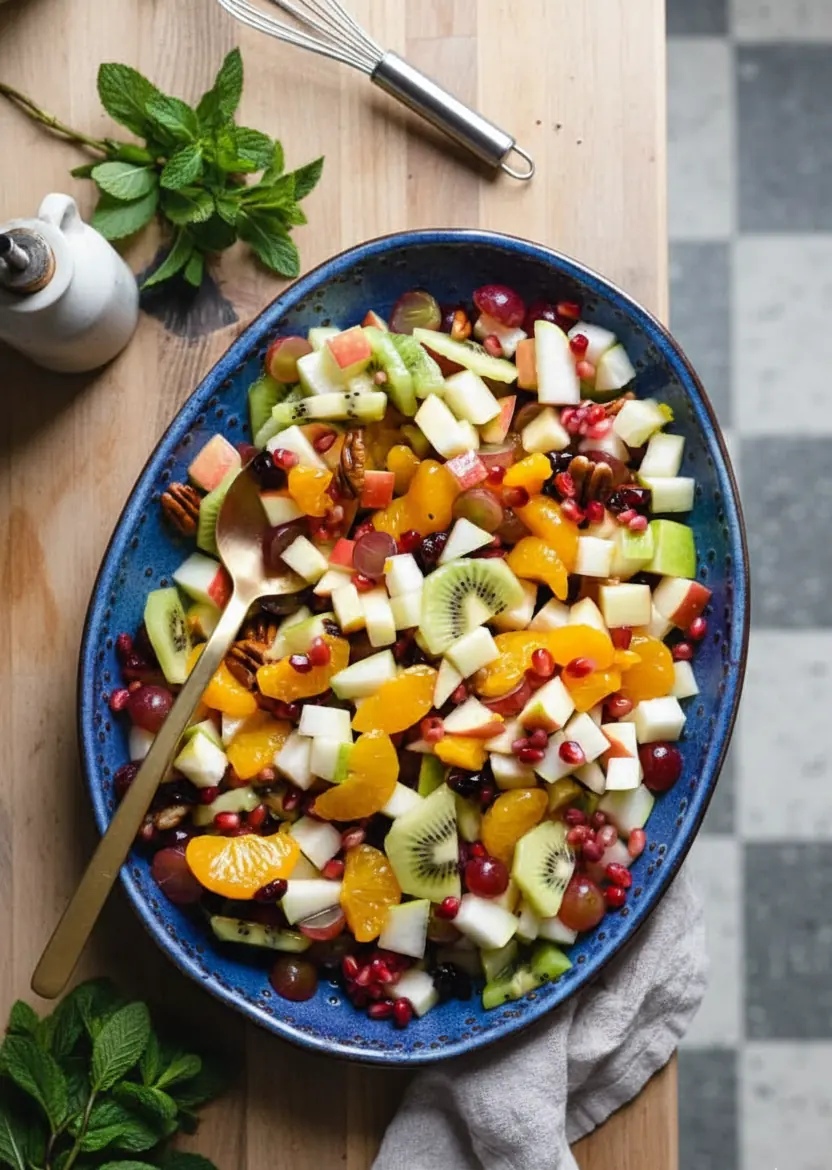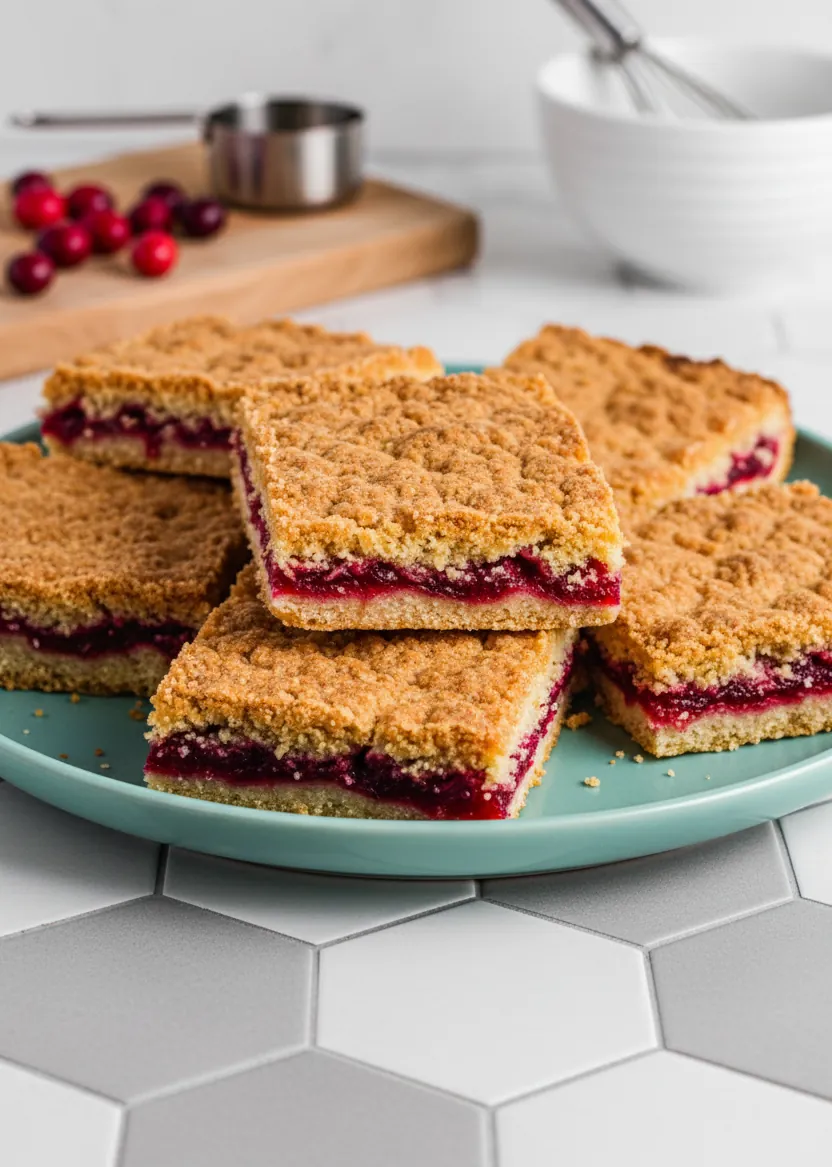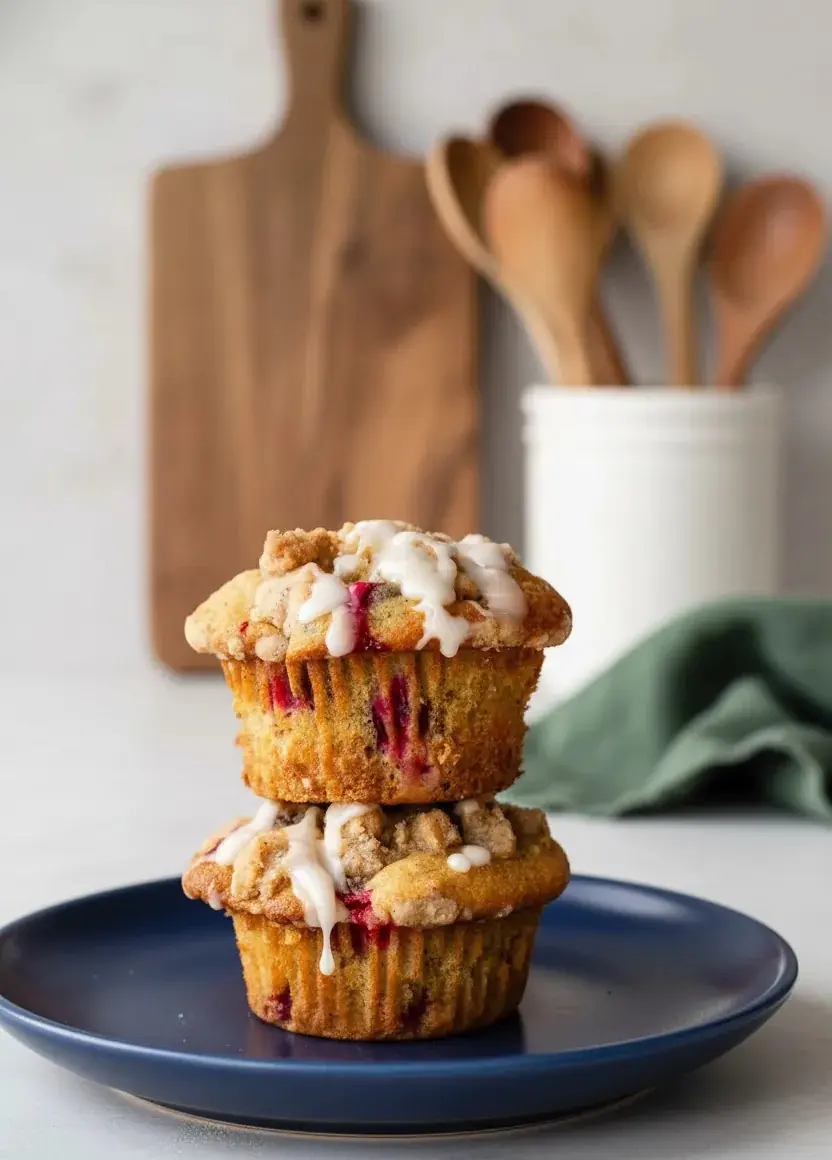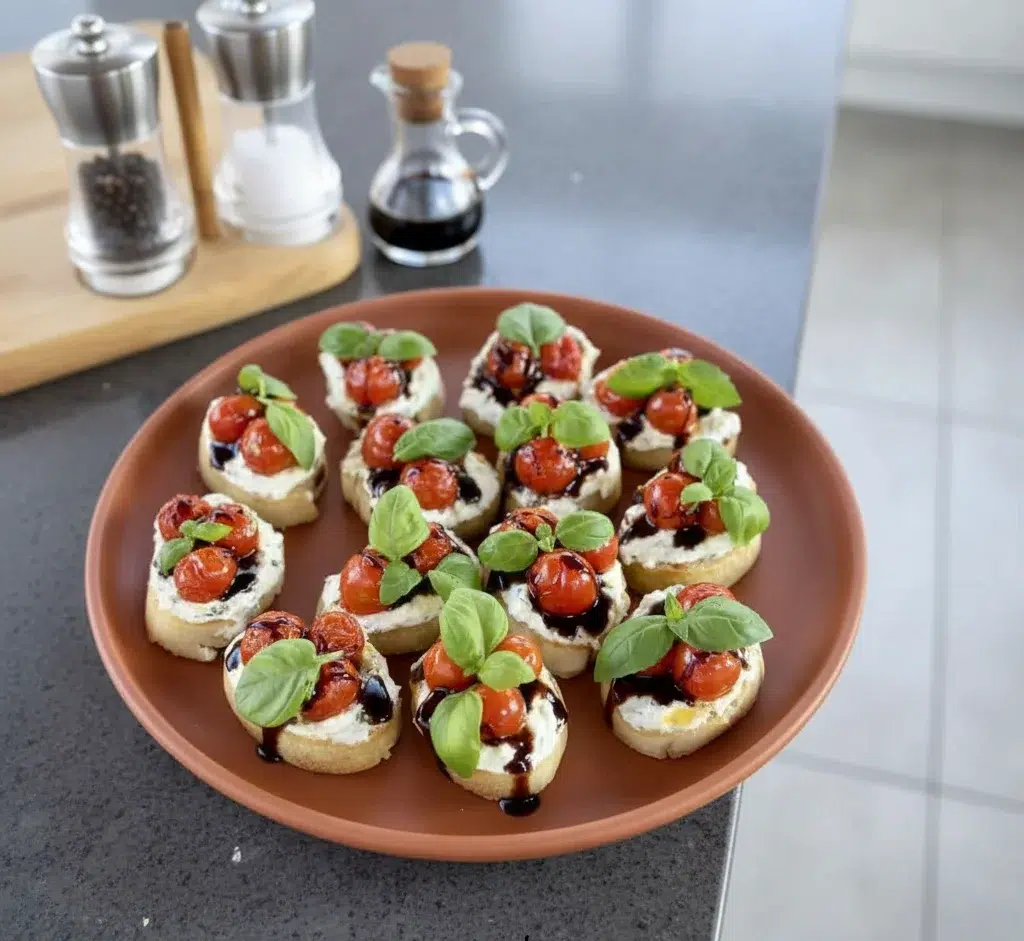Stovetop mac and cheese is comfort food at its easiest. With just a few ingredients and less than 30 minutes, you can have a rich, cheesy dish that hits every craving. It’s perfect for busy weeknights or when you need something warm and satisfying without turning on the oven. This version brings together butter, cheese, and pasta in a creamy sauce that’s ready almost as fast as it takes the noodles to cook. No baking. No breadcrumbs. Just smooth, melty goodness in one pot.
The Comfort of Stovetop Mac and Cheese
Why Stovetop Mac and Cheese Never Fails
There’s a reason this dish stays in rotation. It’s the one meal that always brings everyone to the table without complaints. Something about the familiar combo of pasta and melted cheese feels like a hug in a bowl. Whether you’re feeding kids, roommates, or just yourself after a long day, stovetop mac and cheese is the kind of recipe that doesn’t require measuring perfection or gourmet skills. It just works.
Plus, it’s endlessly adaptable. Want it extra creamy? Add a splash more milk. Want it bold? Stir in some sharp cheddar or spice it up with cayenne. No matter how you tweak it, the base is strong enough to carry whatever flavor you’re in the mood for. It’s comfort food, yes, but it’s also flexible and forgiving.
The Difference Between Baked and Stovetop Versions
Baked mac and cheese has its place, with golden tops and crisp edges. But stovetop mac and cheese wins when you need something fast and smooth. There’s no need to transfer to a dish, wait for it to bake, or worry about a dry texture. This method delivers that creamy finish right on the stove.
The sauce clings to the noodles instead of forming a crust, making every bite just as cheesy as the last. For weeknight cooking or anyone short on time, this is the version that never disappoints.

Stovetop Mac and Cheese
Ingredients
- 1 pound elbow noodles
- ½ cup salted butter
- ½ cup all-purpose flour
- ½ teaspoon ground black pepper
- ½ teaspoon kosher salt
- 1 teaspoon garlic powder
- 3 cups milk
- 8 ounces shredded sharp cheddar cheese
Instructions
- Cook elbow noodles to al dente according to directions on the box. Drain well.
- In the meantime, in another large saucepan, melt the butter over medium heat. Whisk in the flour, pepper, salt and garlic powder until smooth. Cook for 1-2 minutes or until thickened.
- Gradually pour in milk, whisking as you add it. Whisk until smooth. Cook over medium-high heat, stirring occasionally, for about 3-4 minutes or until the sauce starts to thicken.
- Turn heat to low and add in shredded cheese, whisk until cheese is melted.
- Pour cooked pasta into the cheese sauce and stir until combined.
- Let sit for 5 minutes to thicken and then serve.
Notes
Ingredient Tip: Like a little heat? Feel free to stir in some hot sauce or cayenne pepper to the sauce before you add the cheese. Or, try adding a little smoked paprika for a different twist.
Serving Tip: Once the stovetop mac and cheese is thick and creamy serve it right away. If you make it ahead and let it sit the cheese will not be as creamy once it’s cooled.
Storage Tip: If you have leftovers, store them in an airtight container in the refrigerator. They will keep for two to three days. When you warm them up, add a splash of milk to loosen the sauce.
Is baked or stovetop macaroni and cheese better?
I like them both! Baked macaroni and cheese can be just as creamy as the stove version, but it just has the added step of baking it. For quick dinners during the week, I love to make stovetop mac and cheese.
What is a good topping for mac and cheese?
If you want to add a topping and you don’t mind an extra step, place the finished mac and cheese in a baking dish. Sprinkle some seasoned breadcrumbs mixed with melted butter over the top and then place the dish under the broiler for a couple of minutes to toast the topping.
Can you add other ingredients?
You can add cooked broccoli florets or cauliflower florets. Stir in some green peas or add some chopped herbs like fresh parsley. You can also make it a main dish by adding shredded cooked chicken or some cooked taco meat! Nutrition
Calories: 493kcal | Carbohydrates: 53g | Protein: 18g | Fat: 23g | Saturated Fat: 14g | Polyunsaturated Fat: 1g | Monounsaturated Fat: 6g | Trans Fat: 1g | Cholesterol: 65mg | Sodium: 465mg | Potassium: 305mg | Fiber: 2g | Sugar: 6g | Vitamin A: 813IU | Vitamin C: 1mg | Calcium: 332mg | Iron: 1mg
Every Ingredient Has a Purpose
Building the Perfect Cheese Sauce
The heart of stovetop mac and cheese is its sauce. Rich, creamy, and full of flavor, it all starts with a simple roux. Melted butter combined with flour forms the base. This mixture thickens the sauce and helps the cheese bind smoothly without becoming greasy.
Seasonings matter, too. Kosher salt brings out the flavor of the cheese. Garlic powder adds a warm, savory note that keeps the sauce from tasting flat. A dash of black pepper cuts through the richness, giving the dish a subtle kick.
Milk ties it all together. It transforms the roux into a silky base that’s just thick enough to coat each noodle. Whole milk works best for creaminess, but you can use two percent in a pinch.
Then comes the cheese. Sharp cheddar is the classic choice. It melts beautifully and adds that bold flavor people expect from mac and cheese. Pre-shredded works, but if you have time, shred it fresh for a smoother melt and stronger flavor.
Creative Add-Ins and Spices
Once you master the base recipe, you can easily customize it. A splash of hot sauce brings a touch of heat without overwhelming the flavor. Cayenne pepper adds a slow warmth, while smoked paprika introduces a mellow, earthy depth.
For texture and nutrition, toss in steamed broccoli or roasted cauliflower. If you’re turning this into a main dish, stir in shredded rotisserie chicken or browned ground beef. A sprinkle of fresh herbs like parsley or thyme adds a burst of freshness.
Even the cheese can vary. Monterey Jack gives it stretch. Gruyère brings nuttiness. A little Parmesan stirred in at the end adds sharpness and depth.
With this stovetop mac and cheese recipe, every ingredient has a job to do. And with the right balance, each bite becomes rich, creamy, and just the way it should be.
Step-by-Step Perfection
From Boil to Bite in Under 30 Minutes
One of the best parts about stovetop mac and cheese is how quickly it comes together. It’s a one-pan wonder that turns simple ingredients into a creamy, comforting dish without any baking required.
Start by boiling a large pot of water. Salt it generously. Add one pound of elbow noodles and cook them until just al dente. This means they still have a slight bite in the center. Don’t overcook them—the pasta will continue to soften once added to the sauce.
While the noodles cook, melt half a cup of salted butter in a separate saucepan over medium heat. Once melted, whisk in half a cup of all-purpose flour. Add in the garlic powder, kosher salt, and black pepper. Stir for about one to two minutes until the mixture thickens and bubbles. This step builds flavor and creates the base of your cheese sauce.
Slowly pour in three cups of milk, whisking constantly. This prevents lumps and keeps the sauce smooth. Let it simmer for a few minutes until it starts to thicken. Reduce the heat to low and add eight ounces of shredded sharp cheddar cheese. Stir until fully melted and the sauce becomes rich and creamy.
Now, drain the pasta and immediately fold it into the sauce. Mix until each piece is coated in that smooth, cheesy goodness. Let the mac and cheese sit for five minutes before serving. This allows the sauce to thicken and cling to the noodles just right.
Texture and Timing Tips
Perfect stovetop mac and cheese depends on timing. Al dente pasta is key. If it’s too soft before adding to the sauce, it will turn mushy.
Letting the final dish rest for a few minutes after mixing helps the cheese sauce firm up slightly, creating a creamy coating that sticks to the pasta instead of pooling at the bottom.
If the sauce thickens too much while it sits, just stir in a splash of warm milk. This brings it right back to that ideal consistency.
Variations and Storage Ideas
How to Turn This Into a Crowd-Pleaser
Stovetop mac and cheese doesn’t need extra toppings to be good, but sometimes you want to take it a step further—especially when feeding a crowd. A simple way to dress it up is with a quick breadcrumb topping. Mix a cup of panko with two tablespoons of melted butter and a pinch of salt. Sprinkle it over the finished mac and cheese, then place the pot under a broiler for a couple of minutes if you’re using an oven-safe pan. That golden crunch adds a whole new layer.
Want to turn it into a main dish? Add protein. Shredded rotisserie chicken, cooked ground beef, or even chopped ham blends right in. You can also stir in sautéed mushrooms, roasted red peppers, or frozen peas for a little variety.
If you’re making this for a potluck or family dinner, consider doubling the recipe. It scales well. Just make sure to use a large enough pot so the sauce mixes evenly.
For kids, leave the seasonings simple and offer toppings on the side. For adults, a dash of hot sauce or crumbled bacon goes a long way.
Reheating Without Losing Creaminess
This dish is best served fresh, but leftovers can still be just as good. Let the mac and cheese cool completely, then store it in an airtight container in the refrigerator. It’ll stay good for two to three days.
When you’re ready to reheat, don’t just microwave it dry. Add a splash of milk to loosen the sauce and bring it back to life. Stir gently as it warms to avoid separating the cheese. Heating it on the stovetop over low heat works best for keeping that creamy texture.
Freezing isn’t ideal for stovetop mac and cheese. The texture can change, and the sauce may turn grainy once thawed. It’s better enjoyed fresh or refrigerated for short-term storage.
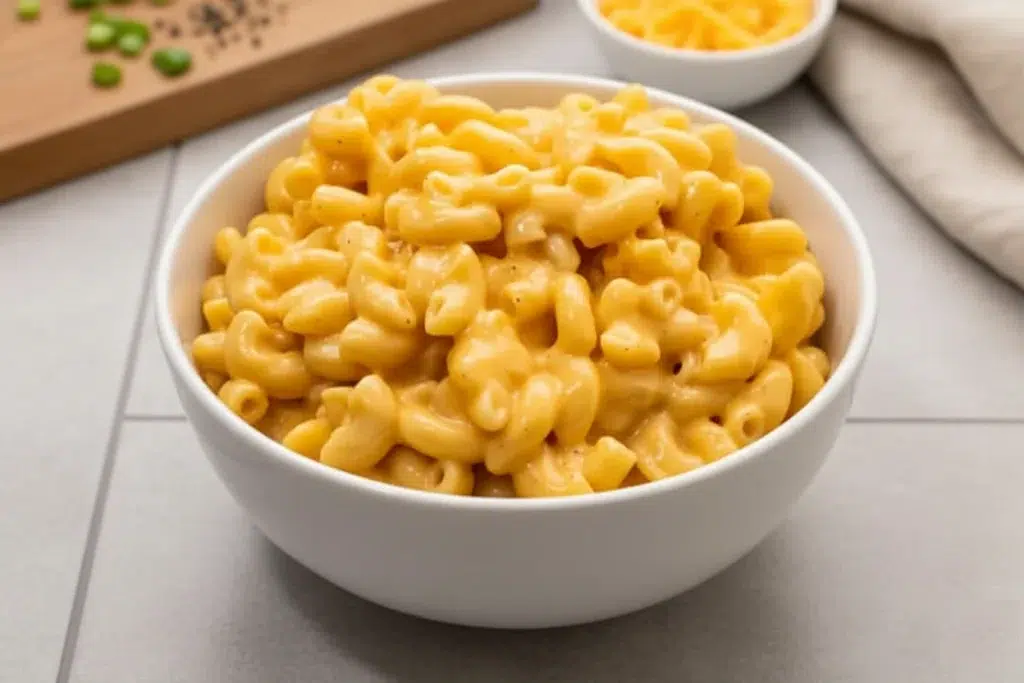
Frequently Asked Questions
What is the best cheese for stovetop mac and cheese?
Sharp cheddar is the most popular choice because it melts well and has bold flavor. You can also mix in cheeses like Monterey Jack, Gruyère, or a little Parmesan for added richness. Shred your own cheese for the smoothest sauce.
Can I make stovetop mac and cheese ahead of time?
Yes, you can prepare it a few hours in advance and keep it warm on the stove over very low heat. For longer storage, refrigerate it and reheat with a splash of milk. It’s best served fresh for the creamiest texture.
How do I keep stovetop mac and cheese creamy?
Cook the pasta to al dente and add it directly to the warm cheese sauce. Let it sit for five minutes before serving to thicken naturally. When reheating, always stir in a little milk to bring the sauce back to life.
Can I use other pasta shapes for mac and cheese?
Absolutely. Elbow macaroni is traditional, but shells, cavatappi, or penne all work well. Choose shapes with ridges or curves to hold onto the sauce for maximum creaminess in every bite.
Conclusion
Stovetop mac and cheese is a classic that fits any occasion. It’s fast, flexible, and packed with flavor. With just a few pantry staples and less than 30 minutes, you get a creamy, satisfying dish that everyone will love. Whether you keep it simple or load it up with extras, this recipe is one that’s easy to make and even easier to enjoy.
Warm, cheesy, and perfectly seasoned, this version proves that comfort food doesn’t need to be complicated. Just one pot, a little stirring, and dinner is served.
